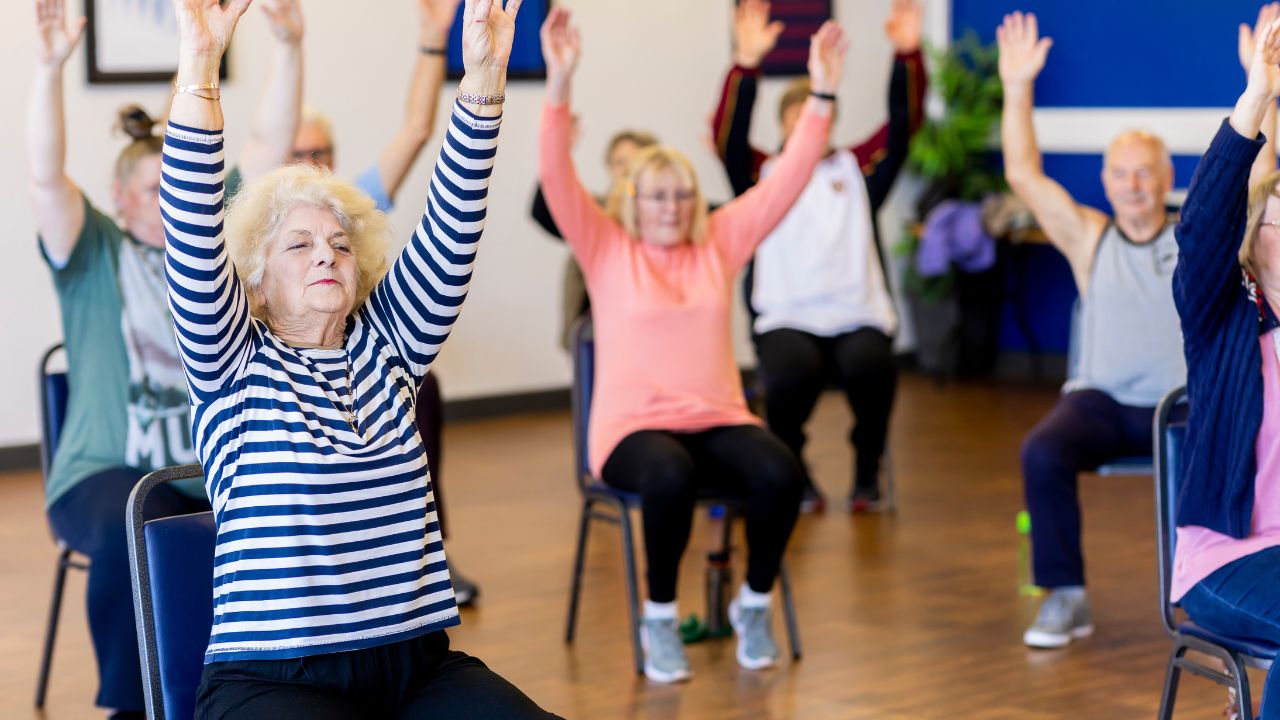
As people age, their bodies undergo changes that can lead to orthopedic issues. Seniors often face challenges such as arthritis, osteoporosis, and decreased mobility, which can significantly impact their quality of life. Fortunately, modern medicine offers a range of orthopedic solutions designed specifically for the elderly population. In this article, we will discuss the most effective orthopedic treatments and devices available to help seniors maintain their independence and improve their overall well-being.
Geriatric Orthopedics: A Specialized Field
Geriatric orthopedics is a branch of medicine that focuses on the unique musculoskeletal needs of older adults. Orthopedic surgeons and specialists in this field are trained to address the specific challenges that come with aging, such as reduced bone density, decreased muscle mass, and slower healing times. By understanding these factors, geriatric orthopedic professionals can develop personalized treatment plans that cater to each patient's individual needs and goals.
Joint Replacement Surgery
One of the most common orthopedic procedures for seniors is joint replacement surgery. This type of surgery involves replacing a damaged or worn-out joint with an artificial implant, which can help alleviate pain and restore mobility. The most frequently replaced joints in seniors are the hip and knee, as these weight-bearing joints are particularly susceptible to wear and tear over time. Advances in surgical techniques and implant materials have made joint replacement a safer and more effective option for older adults, with many patients experiencing significant improvements in their quality of life following surgery.
Arthritis Management Strategies
Arthritis is a prevalent condition among seniors, causing joint pain, stiffness, and inflammation. While there is no cure for arthritis, there are several management strategies that can help reduce symptoms and improve joint function. Non-surgical options include physical therapy, low-impact exercise, and medications such as nonsteroidal anti-inflammatory drugs (NSAIDs) and corticosteroid injections. In more severe cases, surgical interventions like joint replacement or arthroscopic procedures may be recommended to repair damaged joint tissues and restore mobility.
Mobility Aids and Assistive Devices
For seniors who struggle with mobility issues, assistive devices can be a game-changer. Walkers, canes, and crutches can provide additional support and stability when walking, while wheelchairs and scooters can help those with more severe mobility limitations maintain their independence. Other useful devices include grab bars, shower chairs, and raised toilet seats, which can make everyday tasks like bathing and using the restroom safer and more manageable. By incorporating these mobility aids into their daily routines, seniors can reduce their risk of falls and injuries while maintaining a higher level of autonomy.
Pain Relief Options
Chronic pain is a common complaint among older adults, often stemming from conditions like arthritis, osteoporosis, and spinal stenosis. Effective pain management is crucial for maintaining a good quality of life and preventing the development of secondary issues like depression and sleep disturbances. In addition to medication, seniors may benefit from non-pharmacological approaches such as physical therapy, acupuncture, massage, and heat/cold therapy. Working closely with a pain management specialist can help seniors develop a comprehensive treatment plan that addresses their unique needs and preferences.
Osteoporosis Prevention and Treatment
Osteoporosis is a condition characterized by a loss of bone density, which can increase the risk of fractures and other complications. Preventing and treating osteoporosis is a key component of geriatric orthopedic care. Seniors can promote bone health by engaging in weight-bearing exercises, consuming a diet rich in calcium and vitamin D, and avoiding smoking and excessive alcohol consumption. For those who have already developed osteoporosis, medications like bisphosphonates and denosumab can help slow bone loss and reduce the risk of fractures. In some cases, orthopedic procedures like vertebroplasty or kyphoplasty may be necessary to repair compression fractures caused by osteoporosis.
The Importance of a Multidisciplinary Approach
Providing the best orthopedic care for seniors requires a multidisciplinary approach that involves collaboration among various healthcare professionals. In addition to orthopedic surgeons and specialists, a senior's care team may include primary care physicians, physical therapists, occupational therapists, nutritionists, and social workers. By working together, these professionals can develop a comprehensive treatment plan that addresses all aspects of a senior's health and well-being, from their physical functioning to their emotional and social needs.
Embracing Orthopedic Solutions for Improved Quality of Life
As the population ages, the demand for effective orthopedic solutions for seniors will continue to grow. By embracing the latest advances in geriatric orthopedics, seniors can maintain their independence, reduce pain and discomfort, and enjoy a higher quality of life well into their golden years. Whether through surgical interventions like joint replacement, non-invasive therapies like physical therapy and pain management, or the use of assistive devices and mobility aids, there are numerous options available to help seniors address their unique orthopedic needs. By working closely with their healthcare providers and staying informed about the latest treatment options, seniors can take an active role in their orthopedic health and continue to live life to the fullest.
 Mobility trainingHome Fitness RecoverySports Injury PreventionPersonal Physical TherapyOrthopedic SolutionsPrivacy PolicyTerms And Conditions
Mobility trainingHome Fitness RecoverySports Injury PreventionPersonal Physical TherapyOrthopedic SolutionsPrivacy PolicyTerms And Conditions
